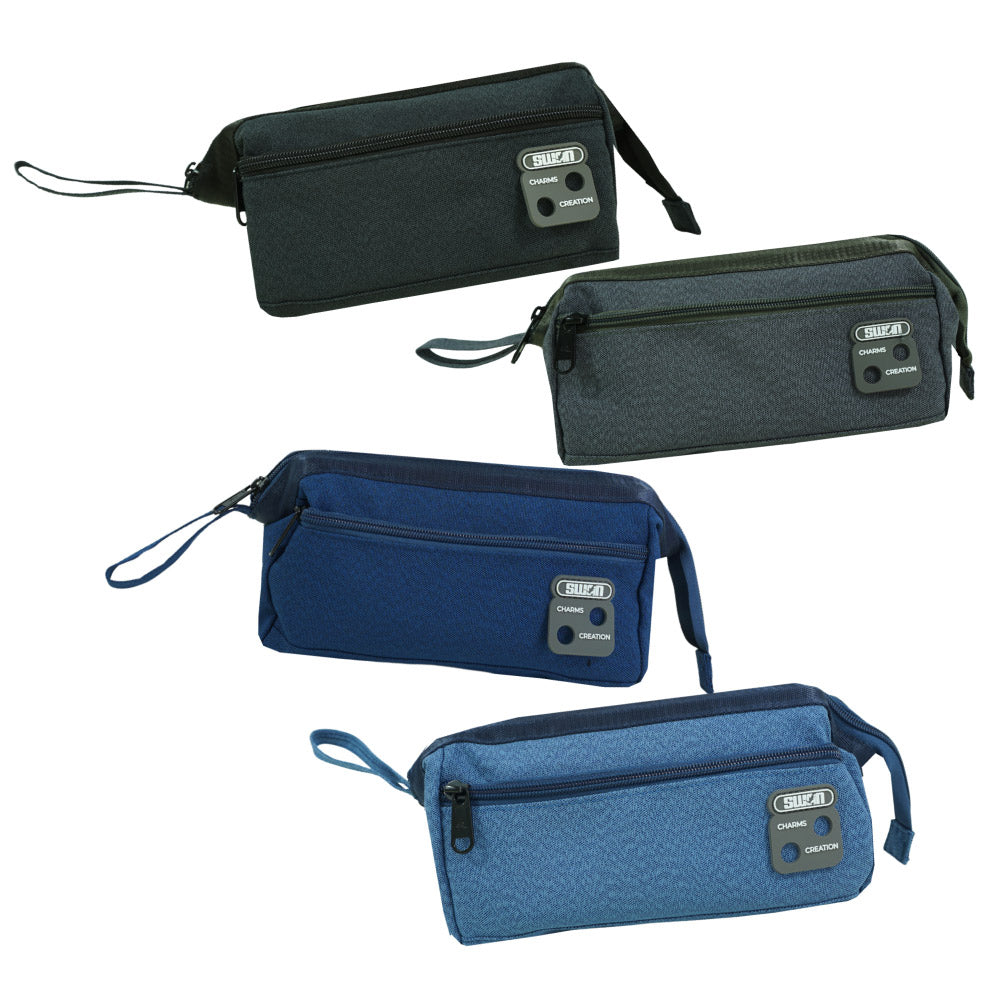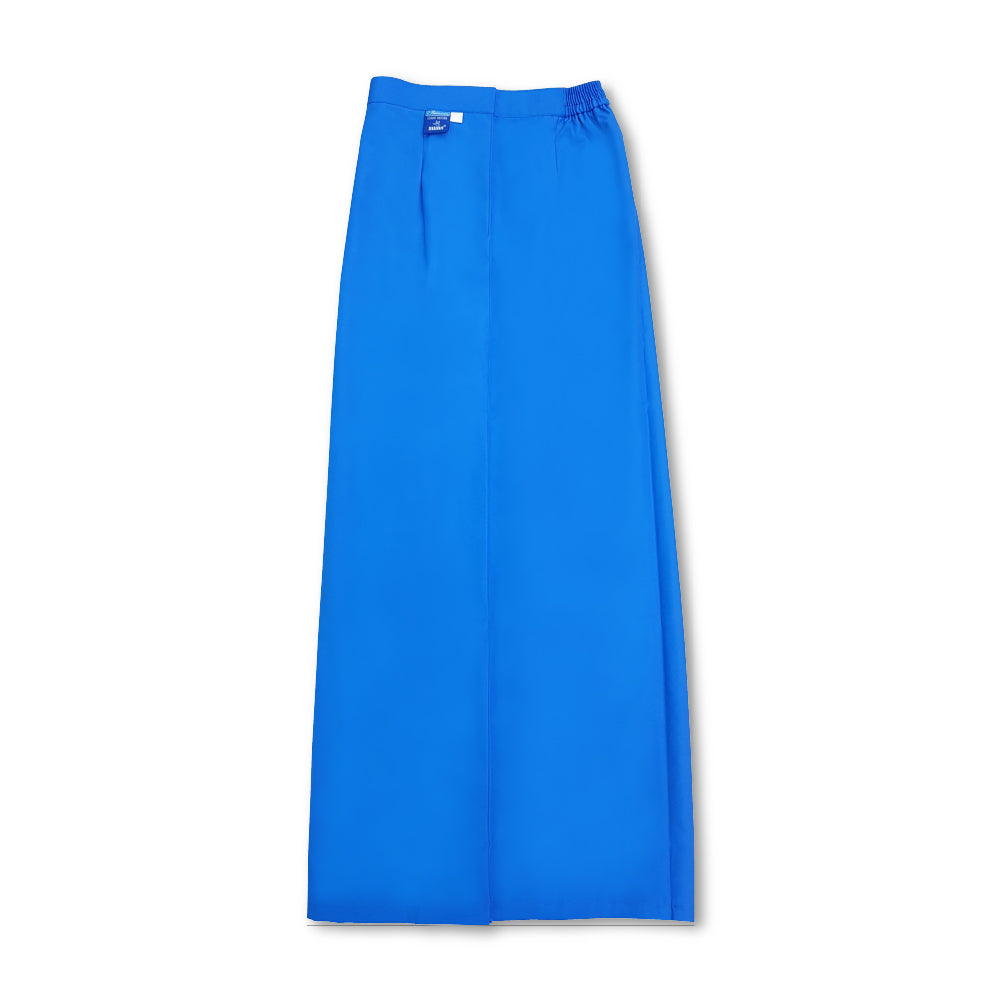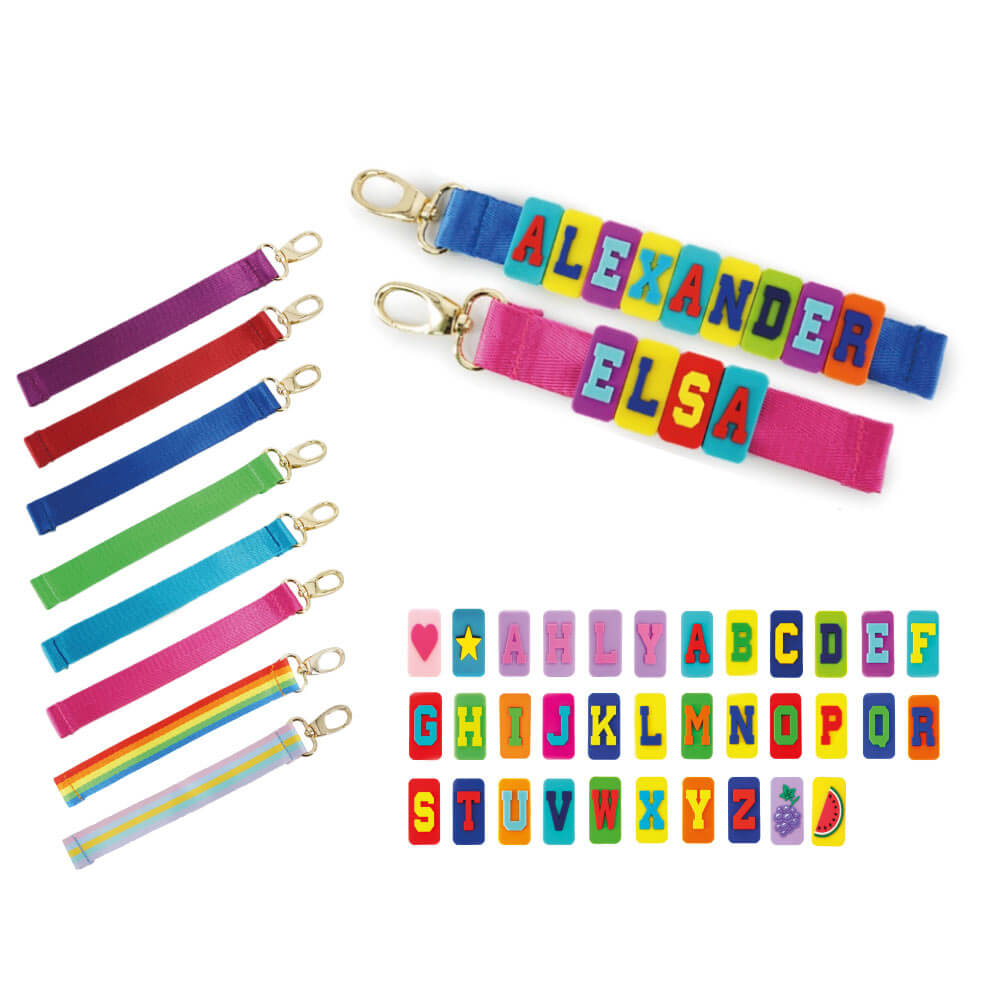The modern day backpack is certainly one of the most useful items invented. We use it on a daily basis,
especially in schools.
From our textbooks to stationeries and water bottles, our school bag helps us carry everything we need wherever we go.
While choosing the right school bag is important, it is also necessary to know how to properly carry them because if done incorrectly can lead to back problems. Carrying with poor posture (normally an indication of a backpack that is too heavy) can lead to improper alignment of the spine. When this happens our spinal discs may not be able to absorb shock as they should, leading to injured joints and muscles in our back, shoulders and neck. In some cases, it can even cause nerve damage.
How Can I Tell If My School bag is a Problem?
You tend to lean forward or backward while carrying your bag It takes a great deal of effort to put on or take off your bag You have backaches
Here’s some Tips for Parents
Ask your child to inform you if they feel any numbness or tingling sensation in their arms or legs Observe how your child puts on and takes off their backpack to see if they struggle in doing so. -
Do not ignore back pain in your child or teenager
How to carry your school bag properly
Do not carry more than you need
The best indicator of how much to carry is to not exceed 10-15% of your body weight. For example, if you weigh 40kg, your backpack shouldn’t weigh more than 4-6kg. Use lockers in school throughout the
day instead of carrying a full backpack if possible.
Pack Strategically
Remember to pack the heaviest item closest to your back and use all the compartments including the side pockets instead of just using the main compartment. This will evenly spread the weight out to prevent any imbalances.
Avoid carrying with one shoulder.
While it may be cool to carry your backpack over one shoulder, backpacks are designed to be carried
over both shoulders to ensure weight is distributed evenly and reduce the risk of strains and injury.
Ideally, backpacks with padded shoulders are the safest bet to ensure comfort and prevent the weight
from digging into your shoulder, causing back pain and muscle spasms. The Swan TXP Prime Backpack provides a thick padding strap that will rest comfortably around your shoulders.
Carry at the right height
The height of the backpack matters, too. If the backpack is too low, the shoulders tend to carry more
weight. According to the American Academy of Orthopedic Surgeons the ideal height is a backpack that
hangs two inches above the waist for an optimal fit.
Consider getting a backpack on wheels for younger children
Investing in a trolley bag may be a good option if you have to carry many books to school. This will reduce a significant burden off your shoulders. If difficulty in going up and down stairs is a concern, there are trolley bags with multiple built-in wheels to conquer stairs and rocky surfaces with ease such as the Swan School Bag Techno Lite Spinal Protection Back Support.
Pick up your backpack the right way.
Carrying a heavy backpack the wrong way for too many times can lead to back injuries. Similarly to any heavy weight, make sure to bend both knees before lifting and carry with both hands to your shoulders.
Strengthen your core
Additionally you can strengthen your core. Strengthening muscle in your torso, lower back and abdominal muscles is a good way to prevent back injury. Weight training, cycling, swimming, and yoga are good ways to strengthen your core muscles







